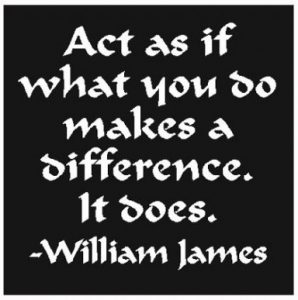Being an Upstander: Standing Up to Bullies
3. Becoming an Upstander
Becoming an upstander and standing up to bullies is about moving from inaction to action. Bystanders contribute to the problem. Upstanders stop the problem. Research shows that others speaking out or taking action stops bullying behavior over half the time within seconds.
However, it takes courage to be an upstander. Upstanders are teenagers who do something that prevents or reduces the bullying behaviors they see or provides support to targets. Moving from being a bystander to becoming an upstander may not happen overnight. It can start with small actions and grow with experience and confidence.
Strong people stand up for themselves, but the strongest stand up for others.
Unknown
How to Become an Upstander
You don’t have to do everything but do something(s). It does take courage to stand up to bullies.
- Learn about bullying, from why bullies bully to how to intervene
- Don’t join in the bullying
- Take action by telling the bully to stop
- Stand with the victim and say something
- Take action by getting others to stand up as a group to the bully
- Challenge cyberbullying messages and add positive messages to the target
- Support the target in private—show your concern and offer kindness
- Encourage targets to take action and get help
- Pay attention to those who are new or different and welcome them
- Take action by telling an adult who can help. Do not worry – you are not ratting the bully out by telling an adult. There’s a big difference between tattling and reporting a concern. Tattling is telling to get someone in trouble, reporting is telling to get someone out of trouble.
Stay Safe
You should not step in to protect a target of bullies if it is likely to put your own safety at risk. If you are faced with this kind of risk talk to trusted adults, in private if possible. Even if you are not directly standing up to bullies, you will be acting as an upstander.
